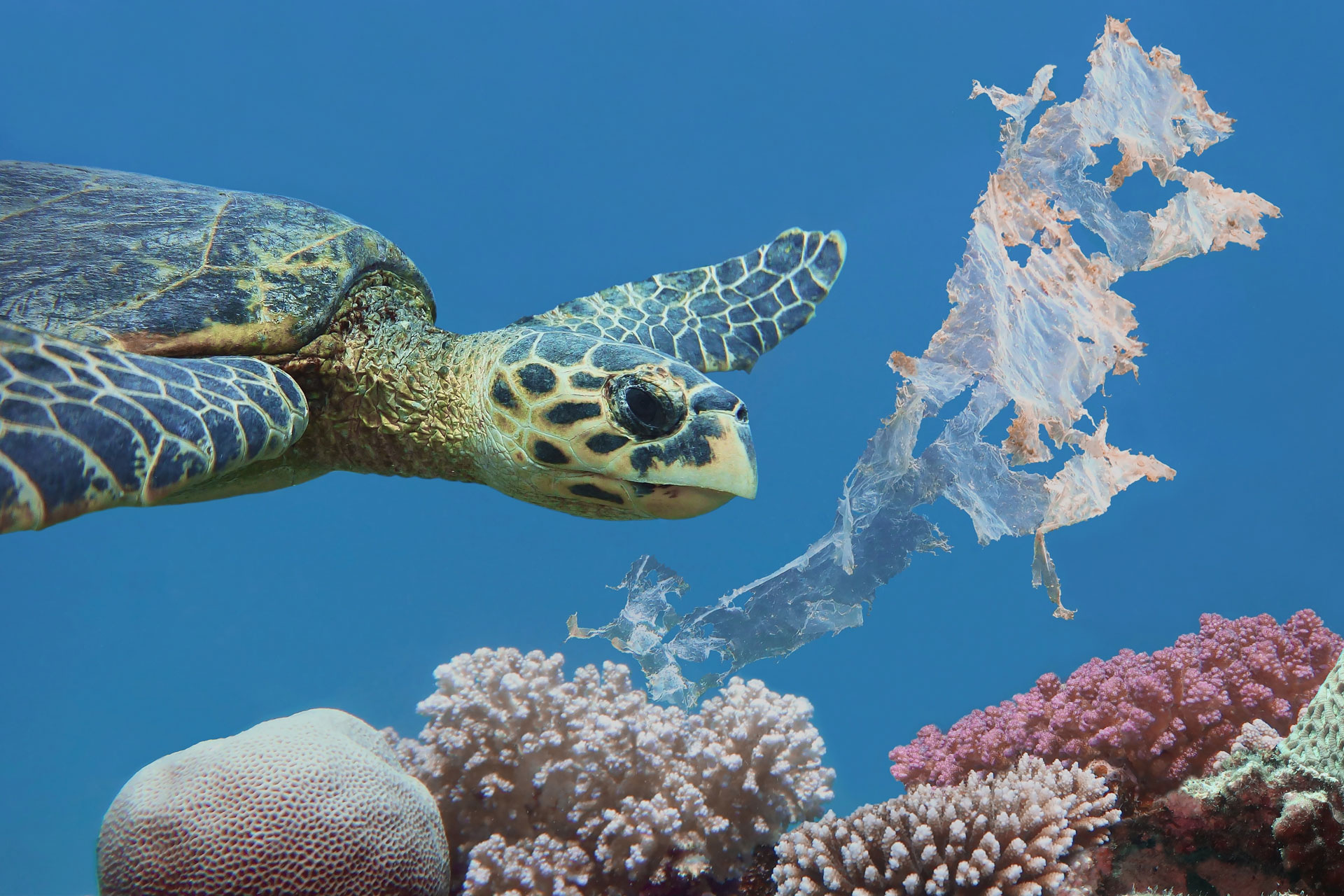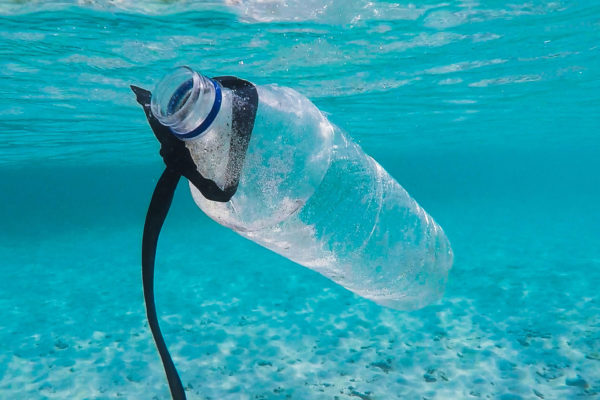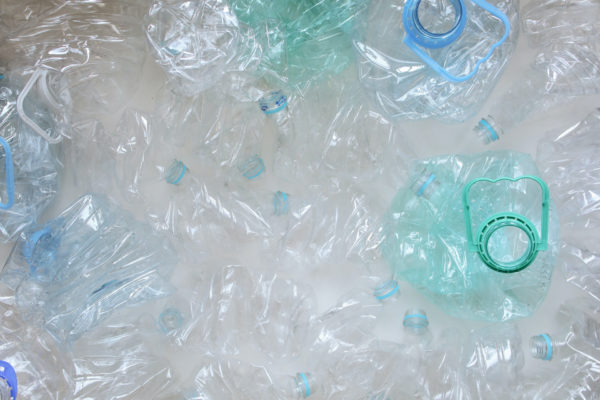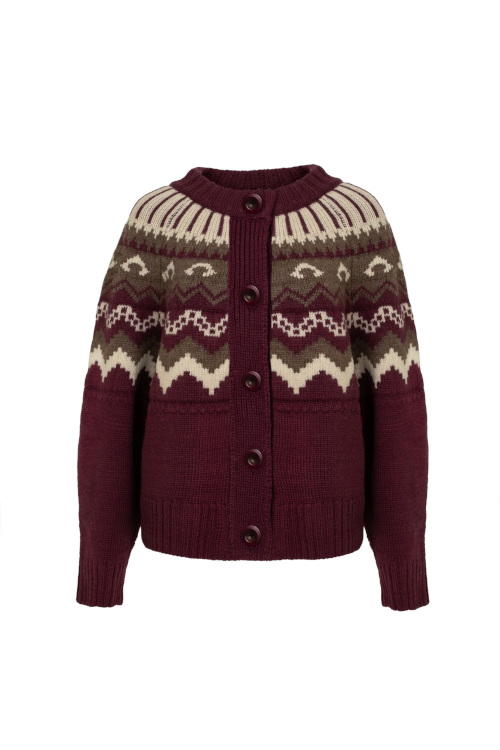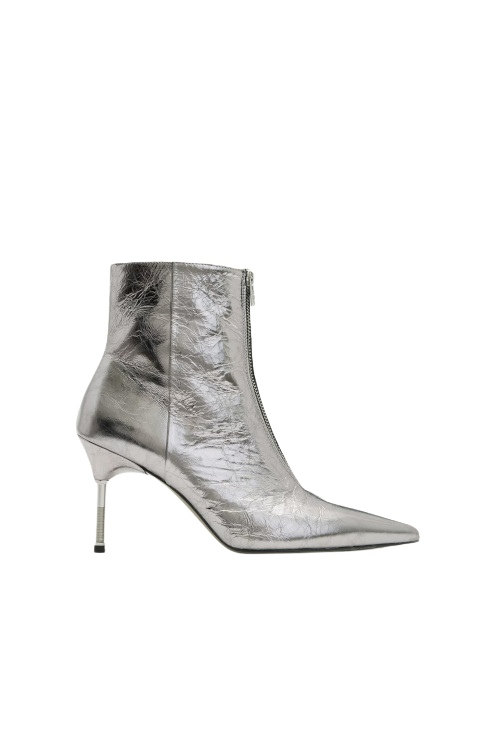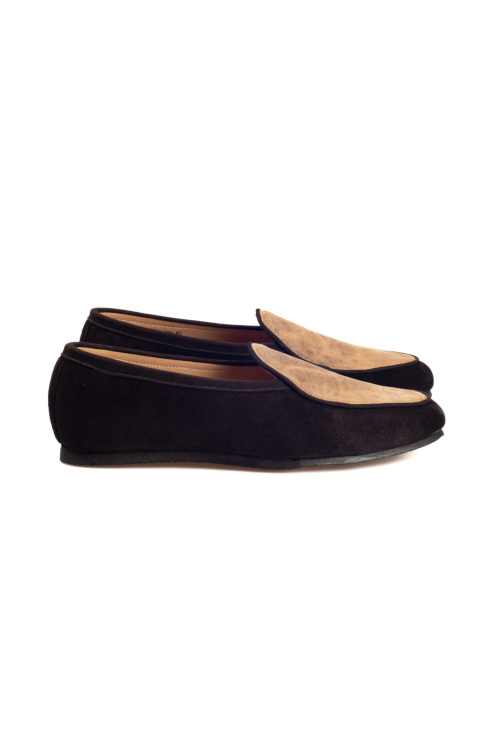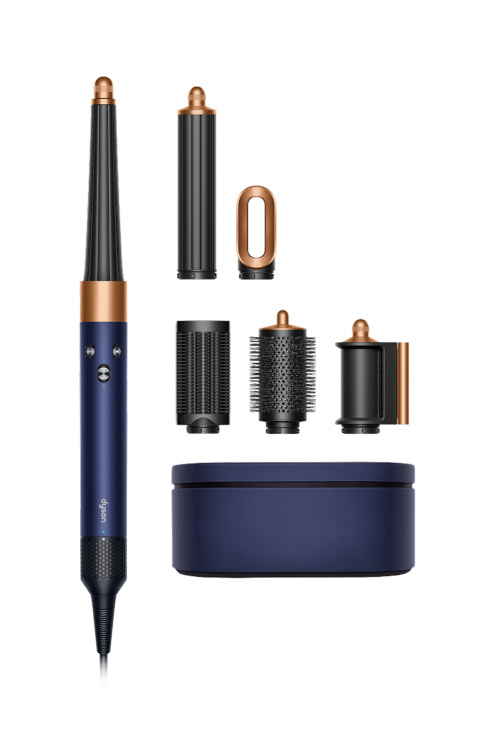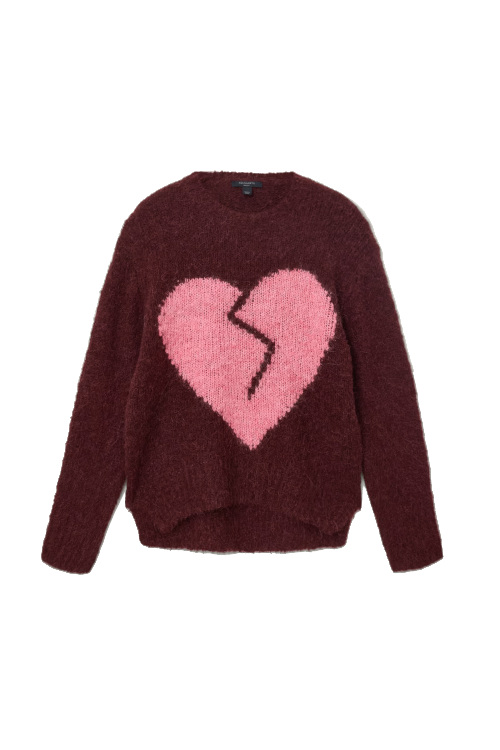What are Microplastics?
By
2 years ago
There's a lot of talk about microplastics right now – here we delve into why
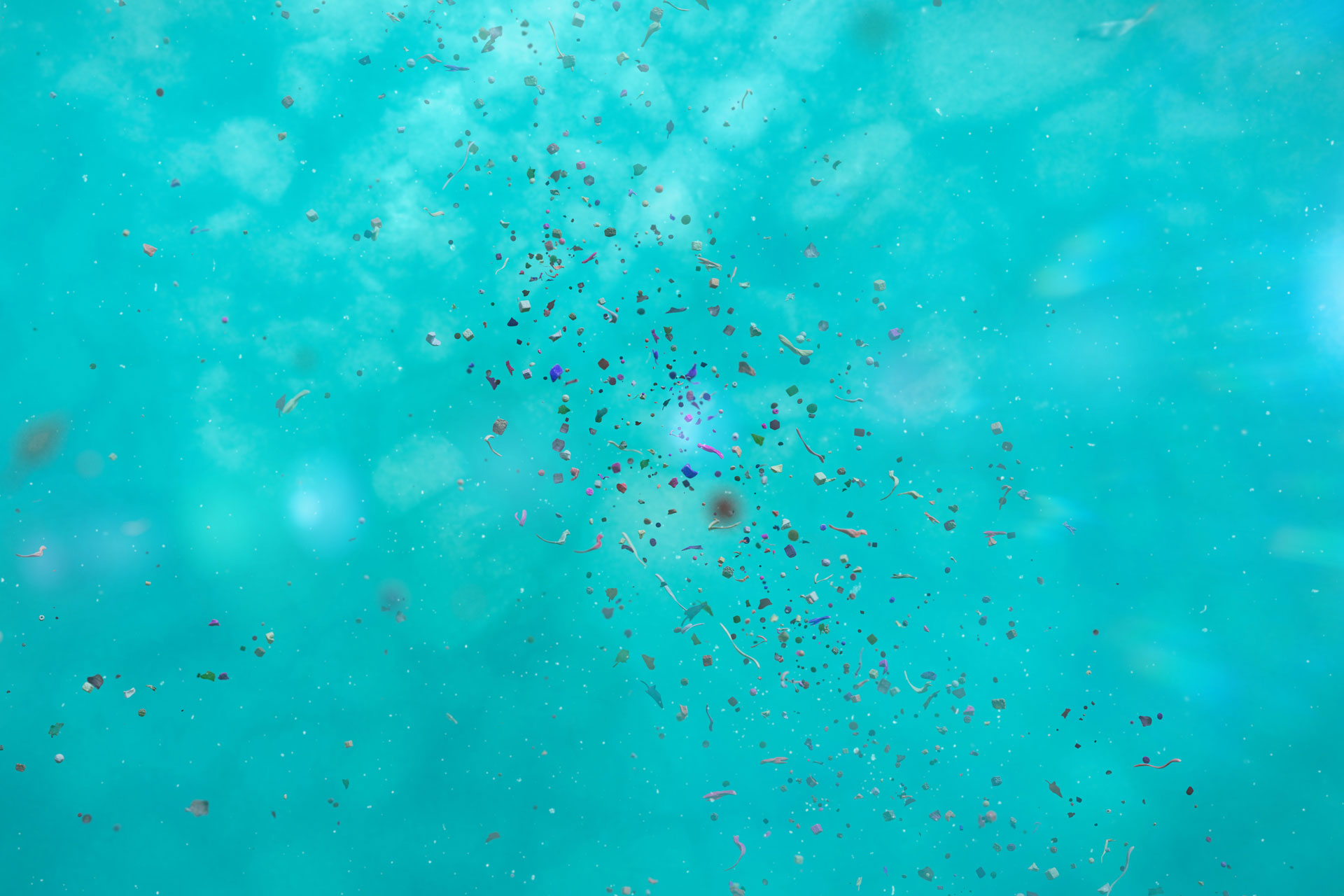
The problems surrounding microplastics have become increasingly apparent over the last few years. We already knew they were polluting our oceans, contaminating our food and even entering our bodies – but more and more concerning research continues to emerge. Last year, microplastics were found in human blood, with a research detecting particles in almost 80 per cent of those tested. And, worryingly, new research suggests tools we’re using to try and combat the problem might actually be making things worse: in a recent study, scientists found recycling could actually be releasing large quantities of microplastics. And with global plastic pollution predicted to almost triple by 2060, the problem is just getting worse. We explore the issue below.
Microplastics: Everything You Need To Know
What Are Microplastics?
Microplastics are tiny plastic particles that measure less than five millimetres in diameter. There are two different types: primary and secondary. Primary microplastics are those that have been made small on purpose, for instance through microfibres shed from clothing – it’s estimated that one load of clothes in a washing machine releases about 700,000 fibres per wash. Lots of consumer and commercial products have intentionally added microplastics, from paints to nappies and medicines. Secondary microplastics, meanwhile, are formed by the breakdown of larger plastic items through environmental factors such as the sun’s radiation and ocean waves.
Why Are Microplastics A Problem?
Over time, these particles end up flooding our environment. They can take thousands of years to decompose – and they’re everywhere. In this year’s Ocean Race, which sees sailors travelling through some of the world’s most remote seas, the waters were tested, and microplastics were found in every sample. Recent research, meanwhile, has shown that microplastic contamination in the Arctic has been growing exponentially. Particles were also recently found in clouds, which researchers say may be contributing to climate change, as well as contaminating everything we eat and drink via ‘plastic rainfall’.
You’ll see microplastics on beaches as tiny multicoloured plastic bits in the sand, which is caused partly by littering, but also by nature, as winds and storms carry the plastic. Consequently, microplastics affect marine life: they can have a toxic effect on fish and other animals, causing issues like oxidative damage and delayed growth.
Wind currents transfer microplastics into humans too, filling our lungs when we breathe. They can also enter our bodies through food and drink. In fact, a 2019 study in the journal Environmental Science and Technology says it is possible that humans may be consuming anywhere from 39,000 to 52,000 microplastic particles a year.
A 2022 study was the first to look for the presence of plastics in human blood. This saw scientists analysing blood samples from 22 anonymous donors, with plastic particles found in 17 of the participants. PET plastic, used to produce bottles, packaging and clothes, was the most prevalent form found in the human bloodstream.
So far, there has been limited research on the health impacts of microplastic exposure in mammals. Yet recent research from the University of Rhode Island looked into factors like inflammatory responses and neurobehavioural effects, finding a number of potential complications. Scientists discovered that the infiltration of microplastics was more widespread in the body than initially thought – alarmingly, particles were found in every organ, including the brain.
Is Recycling Making Things Worse?
Recycling is widely seen as a way to reduce plastic waste, yet recent research suggests otherwise. A new study published in the Journal of Hazardous Medical Advances tested wastewater from a UK recycling plant, and found the microplastics released into the water amounted to 13 percent of the plastic processed.
Erina Brown, the lead researcher of the study, told The Guardian: ‘I was incredibly shocked. It’s scary because recycling has been designed in order to reduce the problem and to protect the environment. This is a huge problem we’re creating.’
How can we reduce microplastics?
- Be mindful about plastic use. Products with recycling codes 3, 6 and 7 are particularly harmful, known for containing phthalates, styrene, and bisphenols respectively. If you have to use plastic products, be sure to dispose of them correctly.
- As mentioned above, microfibres from clothes are a big source of microplastic pollution. To combat this, it’s possible to install a fibre-catching filter in your washing machine. Running your wash on a lower setting can also help as it means there’s less force on the clothes.
- Shop from eco-friendly fashion brands which use non-synthetic materials.
- Drink filtered tap water instead of bottled water, as bottled water can have around double the microplastic level, according to a 2018 study. And, of course, reusable bottles are always preferable over plastic ones.
- Avoid heating food in plastic – that includes Tupperware, takeaway boxes and lids.
- Similarly, opt for reusable coffee cups instead of paper, as paper cups can release microplastics when exposed to hot liquids.
- Make sure your home is well-ventilated to reduce the concentration of airborne plastic particles.
- Regular dusting and vacuuming can also help keep microplastics from accumulating – and use a vacuum with a HEPA filter if you can.
Images from Getty Images


